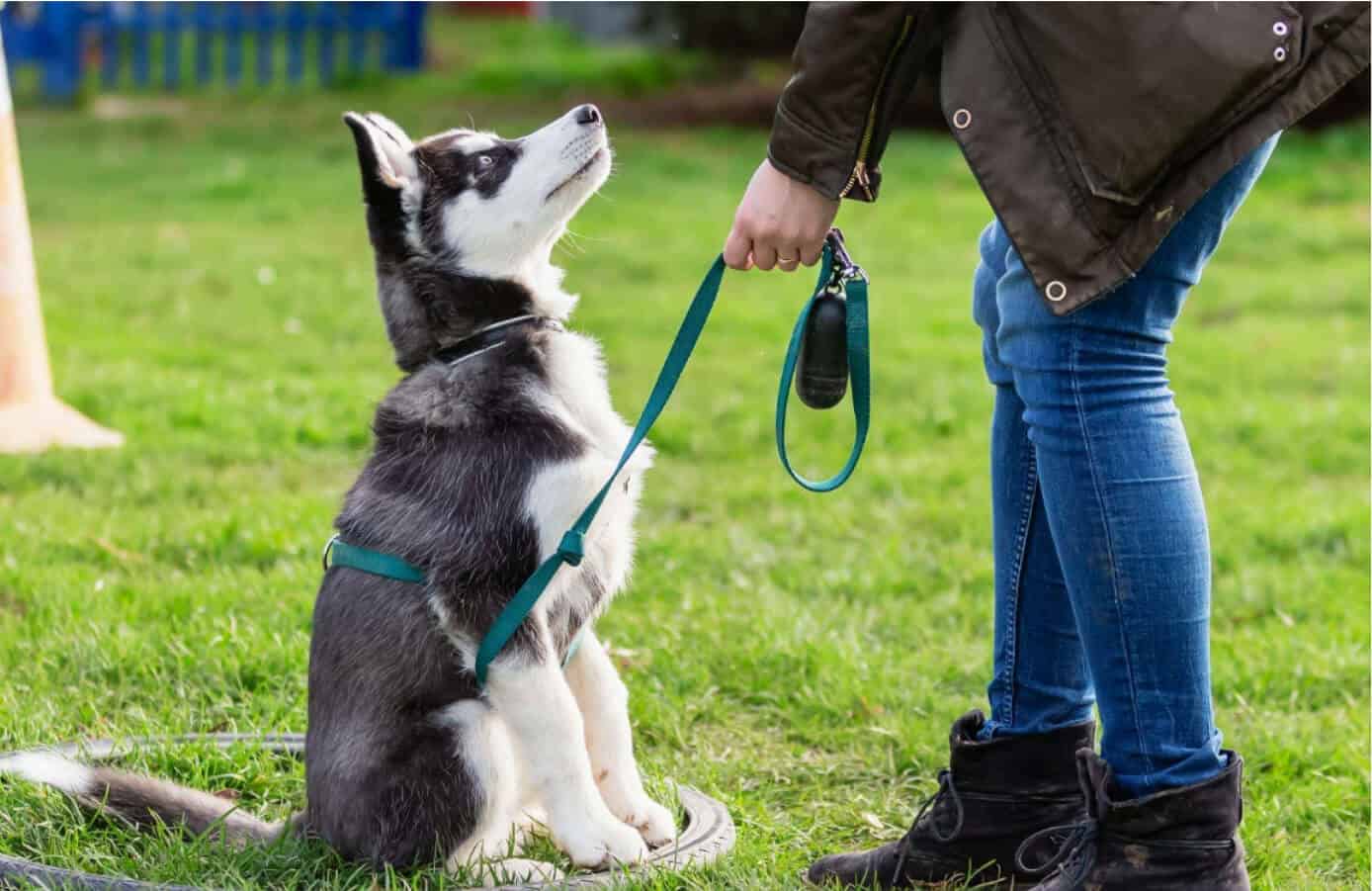Discover the Top Mistakes to Stay Clear Of in Dog Training
Discover the Top Mistakes to Stay Clear Of in Dog Training
Blog Article
Essential Tips for Successful Dog Training: A Guide for Family Pet Owners
Effective pet dog training is a complex process that needs a strategic method tailored to both the family pet's temperament and the proprietor's objectives. Secret elements such as developing consistent commands, employing favorable support, and facilitating very early socializing play essential duties in fostering a well-adjusted canine companion. Lots of animal owners experience challenges that can hinder development, leading to frustration and unpredictability. Understanding just how to browse these barriers can dramatically boost the training experience, ultimately changing the partnership in between owner and canine. What are the vital methods that can be utilized to make sure success in this venture?
Comprehending Canine Behavior
Understanding pet actions is vital for reliable training and cultivating a harmonious partnership between canines and their proprietors. dog training. Dogs interact mostly via body language, vocalizations, and actions, making it essential for owners to translate these signals precisely.

Socializing plays a substantial function in dog habits; direct exposure to various environments, individuals, and various other pets can considerably impact a canine's character. In addition, variables such as breed qualities and individual personality need to guide training techniques, as some types may have particular behavioral traits that demand tailored approaches. By understanding these components, owners can produce an encouraging environment that motivates favorable habits, resulting in successful training outcomes and a deeper bond with their pet dogs.
Developing Constant Commands
Reliable communication with your dog starts with establishing regular commands. This foundational component of training is essential for promoting understanding in between you and your animal. Uniformity in the commands you use makes certain that your pet can reliably connect particular words or expressions with the wanted behaviors.
When picking commands, pick clear, unique words that are simple to state and differentiate from each other. Prevent making use of similar-sounding commands that may confuse your dog. For example, making use of "sit" and "remain" is proper, yet "sit" and "hit" might cause misunderstandings.
In addition, maintain the very same tone and quantity for each and every command. Pets are sensitive to singing cues, so varying your tone can create confusion.
It is similarly essential to guarantee that all family members are on the exact same page pertaining to the commands made use of. A united front in command usage will prevent blended signals and enhance the knowing procedure.
Favorable Reinforcement Methods
The power of positive support in pet training depends on its ability to motivate preferred actions with benefits and praise. This method is grounded in the principle that habits adhered to by beneficial results are most likely to be duplicated. By integrating positive reinforcement into your training regimen, you can properly form your canine's behavior in a constructive fashion.
To implement favorable support, it's important to identify what encourages your pet dog, whether it be deals with, playthings, or spoken praise. When your canine carries out a preferred activity, such as remaining on command, instantly compensate them with a reward or affection. This association between the command and the positive outcome reinforces their understanding.
It's vital to timing the incentives correctly; supplying the reinforcement within seconds of the preferred habits aids your dog make the connection (dog training). Furthermore, uniformity is key-- make certain that all household members make use of the same commands and incentive systems to prevent complication

Slowly, you can minimize the frequency of treats as your pet learns the behavior, transitioning to praise or recurring benefits. This approach not just fosters a solid bond between you and your dog however also advertises a positive knowing environment, making educating a pleasurable experience for both.
Socialization and Communication
Consistently revealing your dog to a selection of settings, people, and other animals is crucial for their social advancement. Socialization should begin early, preferably during the vital home window of 3 to 14 weeks, when puppies are most receptive to brand-new experiences. Nevertheless, older dogs can additionally gain from continuous socialization efforts.
Introduce your pet dog to various settings, such as parks, pet-friendly shops, and metropolitan locations. This direct exposure assists them adjust to numerous stimuli, reducing anxiety and fear feedbacks. Urge favorable communications with other canines and individuals, ensuring that these experiences are safe and controlled to foster confidence.
Make use of structured playdates with courteous canines, as this can improve your canine's social abilities and educate them appropriate habits. Obedience courses and training sessions likewise provide excellent chances for socializing, allowing your dog to communicate with others in a monitored environment.
Monitor your pet dog's body language during interactions, as this will certainly aid you determine their comfort level. Progressively raise exposure to more difficult situations while making sure that each experience is favorable. A well-socialized dog is extra likely to exhibit go to the website balanced actions, making them a delight to have in any type of setup.
Resolving Typical Training Obstacles
Every pet proprietor will certainly run into training obstacles eventually, regardless of their dog's age or socializing level. Determining common concerns such as stubbornness, interruptions, and terror can aid in establishing reliable methods for improvement.

Progressively present distractions as the pet dog becomes much more efficient in commands. Short, have a peek here regular training sessions are likewise reliable in preserving interest.
Terror can prevent a pet's learning process. Steady desensitization to the source of worry, combined with positive support, can assist ease anxiety. Patience is crucial; never ever require a pet into a scenario that creates distress, as this may worsen the problem.
Inevitably, understanding and attending to these common obstacles with a structured technique will certainly cultivate an extra effective training experience, reinforcing the bond in between dog and owner while promoting effective understanding.
Conclusion
In recap, effective canine training counts on a thorough understanding of canine actions, the establishment of constant commands, and the application of favorable reinforcement strategies. Socialization plays an essential function in creating well-adjusted pets, while dealing with usual training challenges requires persistence and versatility. By applying these important techniques, animal owners can foster a solid bond with their pets and promote desirable actions, ultimately bring about an unified connection between human beings and their canine friends.
Recognizing canine habits is crucial for reliable training and promoting an unified partnership between pooches and their owners.Socialization plays a considerable function in pet behavior; exposure to numerous environments, people, my explanation and other pets can substantially affect a pet dog's temperament.The power of positive reinforcement in pet dog training exists in its capacity to motivate desired habits via incentives and appreciation. By integrating favorable support right into your training regimen, you can properly form your pet dog's actions in a useful manner.
In recap, effective canine training relies on an extensive understanding of canine habits, the facility of constant commands, and the application of favorable reinforcement strategies.
Report this page